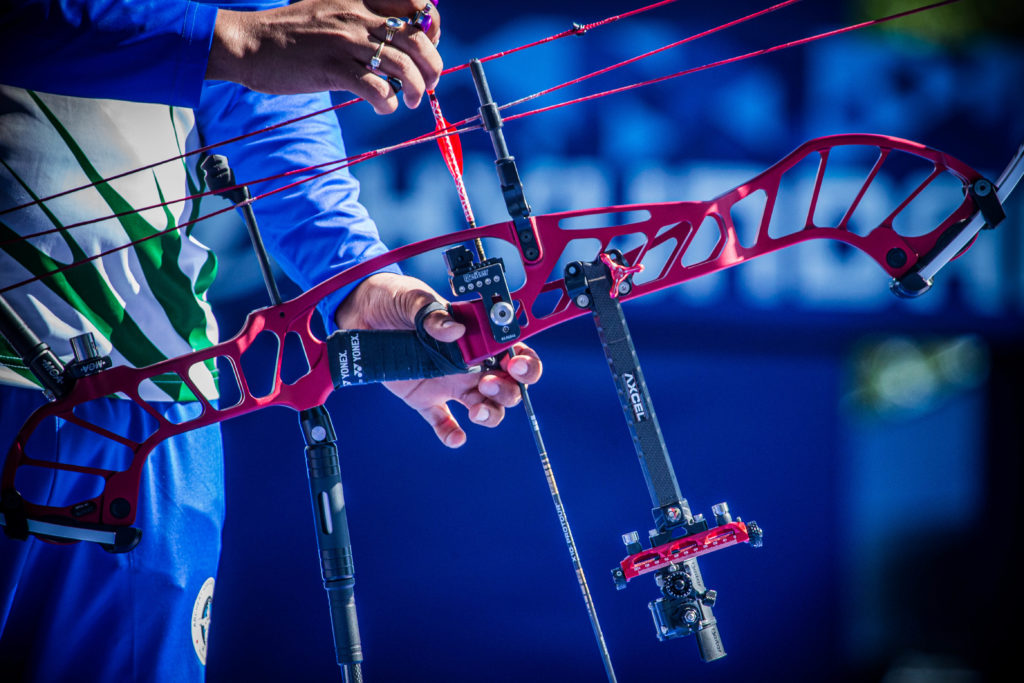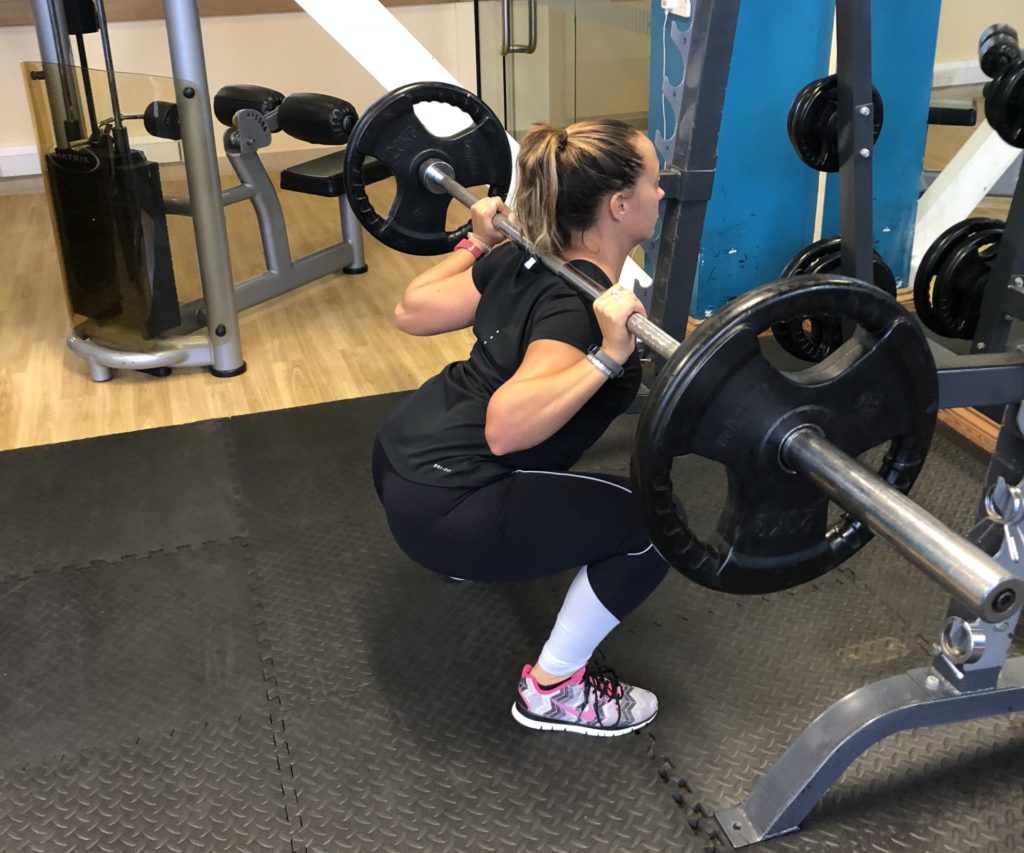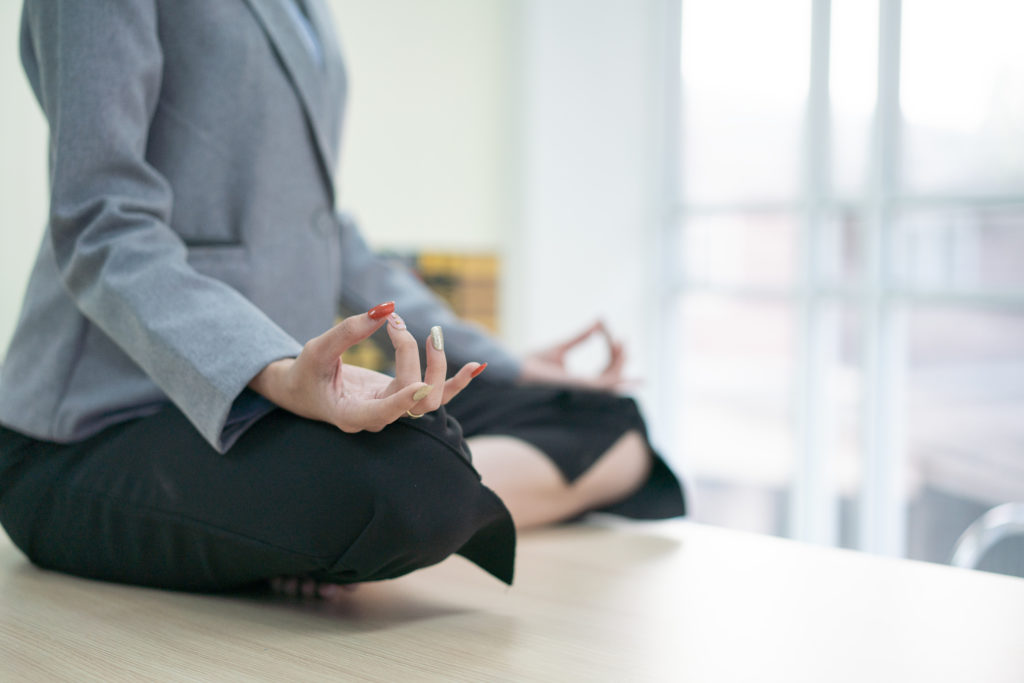Long break? Winter blues? Lucy O’Sullivan has you covered
Strength, noun: “the quality or state of being physically strong” and “the capacity of an object or substance to withstand great force or pressure”.
Strength is not just one ‘thing’. Although I teach people how to be physically strong in a gym, I find that it also works in other aspects of their lives, allowing them to be mentally and emotionally stronger.
Have you ever had to do something physical that is truly hard? The reward, much like a ‘runner’s high’, is a huge hit of dopamine released from the brain, making you feel good and giving you a sense of achievement. The harder the lift, the bigger the achievement and the greater the dopamine reward we feel. So it is worth pushing for those personal bests in the gym this winter, even if it is only by 1kg each time.
Archery is predominantly an upper-body strength sport, as well as a sport where mental resilience is needed. I think you have to be a pretty strong person physically, emotionally and mentally to do archery. A study by Arizona State University and The Economist showed that an Olympic archer, on their way to the podium, burned almost as many calories as a marathon runner. This highlights that it is not an easy sport; you have to be switched-on throughout the whole day of competing, and therefore you have to be strong enough to shoot.
Recovering your strength
An easy way to recover your strength physically is to hit the gym – whether that is in your local town or at home, you just need to begin. I like training beginners in what’s known as compound lifts. These lifts involve more joints being manipulated at once via muscular contractions. Movements such as the squat, hip hinge, deadlift, pull-up, bent-over row and bench press are prime examples of these. It also allows clients to get more bang for their buck in sessions, as it hits multiple joints in a shorter time frame.
Once the main body movements are strengthened, it’s good to add in isolation work such as rotator cuff exercises, single body part exercises and anything else you want.
A good way to programme using compound lifts is to split the body into the main movements such as push, pull, squat and hinge, then do them in each gym session, along with isolation exercises. Aim to hit the gym once a week, increasing this if you can. For a basic programme, it is wise to do three to four sets – rounds – of five to 10 reps and adjust these for your needs. Reps of five or less are for strength, reps of six to 10 are for strength with hypertrophy, and reps of 10 or more are for hypertrophy, or muscle-size building.
If you can, once a week it is also good to add in a prehabilitation programme for the upper body, doing rotator cuff exercises such as external rotations, face pulls and prone arm Y or T lifts (look on YouTube for these). This will help keep the shoulders in top condition so you can stay injury free. I recommend three to four sets of 10 reps to keep it simple.
And lastly, for physiological strength, try to get your heart stronger. Archery is a high-energy sport – higher than it looks. Just 30 minutes of intense walking, hopping on the cross trainer, cycling, swimming or running will really help your archery performance as you will be able to get more oxygen to your muscles per heartbeat. Cardio can be done at home or at the gym, and it’s always good if you are short of time in the week to combine your cardio and prehabilitation days.
Most studies recommend that physical strength helps psychological strength, so getting your body moving is an easy way to help your brain. But a great tool that you can use is meditation. I always say that archery is a very meditative sport, but doing a yoga class that has a meditation element will really help your archery focus, as it gives your brain some strength training that can be implemented during your competitions. Meditation is a really good way to reduce anxiety and help you control your thoughts and feelings, letting you acknowledge what’s going on and letting it go.
We all know that positive thoughts can be hard to come by during a competition, but it is also something that you can train rather than beating yourself up.
You can practise positive self-talk, you can work on gratitude, or, if you are an analytical person, when things feel dire you could try journaling about them and reviewing what you write. This will reduce any negativity and help you work towards changing your attitudes and thoughts to more positive ones.
One thing that doesn’t get mentioned enough is that all psychological skills, just like muscles, are things that need to be worked on and practised. You wouldn’t go out and run a 10km race if you’ve never run before, just like you wouldn’t be a master at positive self-talk straight away. A lot of people abandon things that have cast-iron positive health benefits like meditation early on, which is when they struggle to make it work. Maybe try to schedule some short sessions in your week, just like a gym session, to give yourself time to work on a different skill to improve your mental strength.
Getting behind the bow
Ultimately, recovering archery strength is easy. As an archer, this is what you do. It’s your bread and butter – physiological and psychological skills are the extras. The main thing is that you get practising behind your bow. If you can make it past the aches of another session, there is much on the other side.
There are many skills to archery that you can work on and get stronger at, be it your bow-hand position and stopping torque, aiming and focus, or perhaps you want to get to the next set of limbs or up your poundage. All of these can be worked on in sessions.
One simple idea is to set a target each week to work on something that you feel is not currently your strength. Remember in the gym that you want to improve by 1kg each week; just aim for a small improvement every time.
Analysing poundage is easy as you can see numerical results, but for a skill that’s less easy to track like aiming and gearing improvements, you may need to make up your own analytical system so you can see the results of your improvements. I think that spider charts work well if you are struggling for inspiration, and if you cannot think of a better way to analyse, try basing it on how you feel that skill is and whether it is improving or not.
Make sure to use this winter wisely to work on your weaknesses in archery, physically and mentally, and you will be able to turn them into strengths soon enough. If you have any questions, don’t hesitate to get in touch on Instagram at @Osullivan_archery or @StrengthbyLucy. Happy training!




